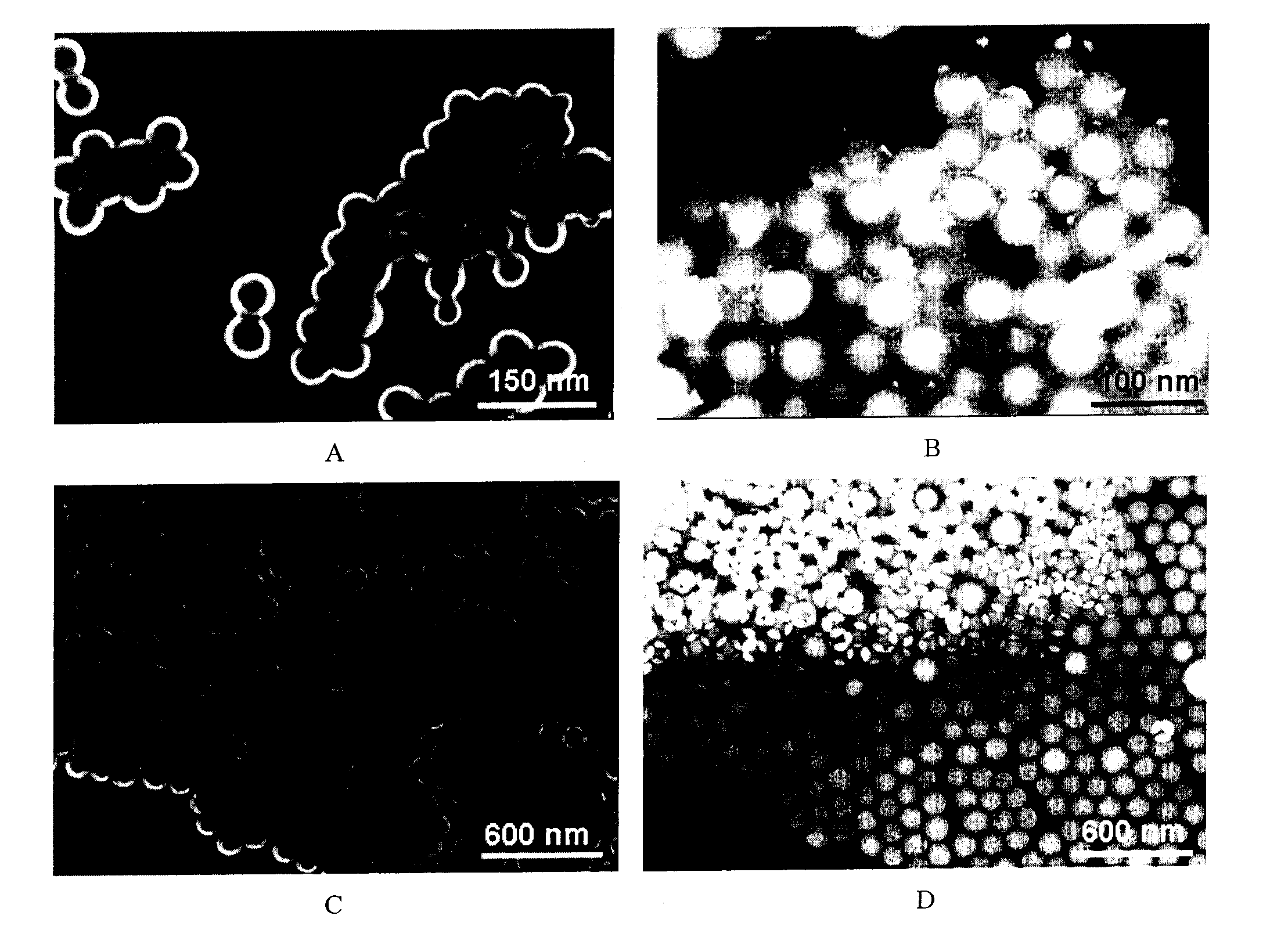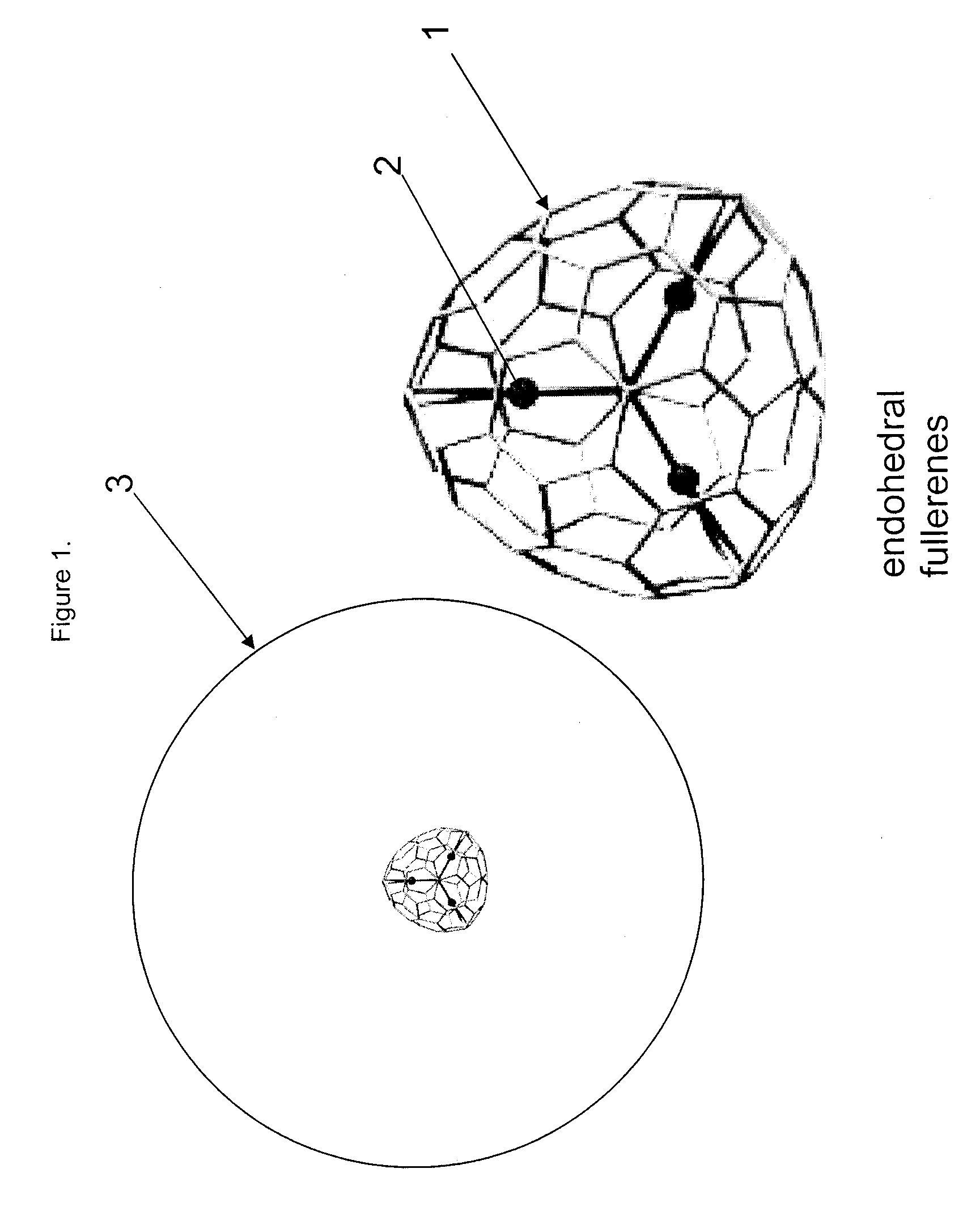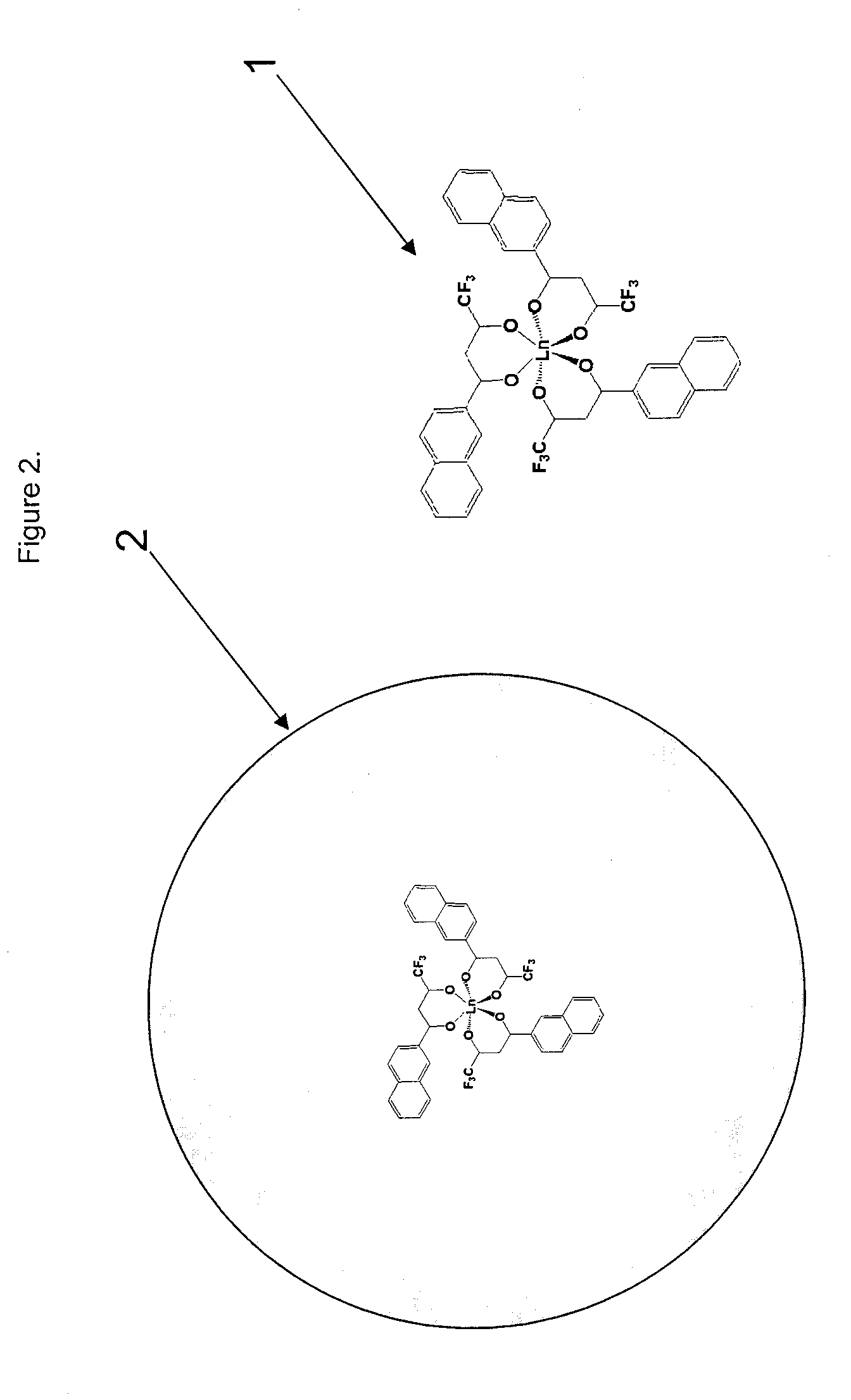Particles containing detectable elemental code
a technology of elemental code and particle, which is applied in the field of new type of element encoded particle, can solve the problems of limited dynamic range, physical inability to create a set of non-interfering fluorophores for a large number of unique combinations of dyes in a single particle, and variability in the response of fluorophores
- Summary
- Abstract
- Description
- Claims
- Application Information
AI Technical Summary
Benefits of technology
Problems solved by technology
Method used
Image
Examples
example 1
[0126]Synthesis of the Lanthanide complexes (see FIG. 3). In this application the production and utilization of several lanthanide complexes has been demonstrated. The invention comprises these and other lanthanide and other transition metal / elemental complexes, as is known to those skilled in the art. The invention is not limited to the described complexes and includes other than lanthanide complexes. A skilled worker would be able to produce other lanthanide complexes and other transition metal / elemental complexes using the direction provided here and the general knowledge of one of skill in the art.
[0127]Europium (III) tris-(4,4,4-trifluoro-1-(2-naphtyl-1,3-butanedione)): 4,4,4-trifluoro-1-(2-naphtyl-1,3-butanedione) (0.8 g, 3 mmol) was dissolved in a mixture of ethanol (75 mL) and ammonium hydroxide (19 mL, 0.3 mol) under vigorous stirring at room temperature. As soon as a yellowish transparent solution was obtained, a solution of europium (III) chloride (0.366 g, 1 mmol) dissol...
example 2
[0129]A typical recipe to synthesize polystyrene particles loaded with lanthanide complexes is given. Some parameters were varied to assess their effects on particle size and properties.
[0130]Up to 1 g of a lanthanide complex or a mixtures of lanthanide complexes were dissolved in a mixture of styrene (6 g), divinylbenzene (DVB, 60 mg, 4.6×10−4 mol) (1% wt / wt styrene), and lauryl methacrylate (120 mg, 4.6×10−4 mol) (2% wt / wt styrene). The DVB serves as a cross-linker, and the lauryl methacrylate serves as a copolymerizable osmotic stabilizer. As soon as the complexes were dissolved, this homogeneous phase was mixed with the aqueous phase composed of deionized water (27 g), sodium dodecyl sulfate (SDS, 0.3 g, 1.04×10−3 mol) (1% wt / wt water and 5% wt / wt styrene), which serves as a surfactant, and sodium bicarbonate (NaHCO3, 0.15 g, 1.78×10−3 mol). The mixture was emulsified under magnetic stirring for 15 minutes and then the miniemulsion was prepared by ultrasonication with a Branson ...
example 3
[0132]We teach a series of reactions containing different amounts of the europium or other lanthanide complexes and lauryl methacrylate as listed in Table 3.
[0133]The europium complex (150 mg for CV67 and CV68, and 275 mg CV65) or lanthanum complex (150 mg for CV80) were dissolved in a mixture of styrene (6 g) and divinylbenzene (DVB, 60 mg, 4.6×10−4 mol) (1% wt / wt styrene). No lauryl methacrylate was added. As soon as the complexes were dissolved, this homogeneous phase was mixed with the aqueous phase composed of deionized water (27 g), sodium dodecyl sulfate (SDS, 0.3 g, 1.04×10−3 mol) (1% wt / wt water and 5% wt / wt styrene) and sodium bicarbonate (NaHCO3, 0.15 g, 1.78×10−3 mol). The mixture was emulsified under magnetic stirring for 15 minutes and then the miniemulsion was prepared by ultrasonication with a Branson Digital sonifier model 450 at 60% amplitude for 4 minutes (1 second pulse on, 2 seconds pulse off). During this step the mixture was cooled with ice. Then, the miniemul...
PUM
| Property | Measurement | Unit |
|---|---|---|
| diameter | aaaaa | aaaaa |
| diameter | aaaaa | aaaaa |
| mole ratio | aaaaa | aaaaa |
Abstract
Description
Claims
Application Information
 Login to View More
Login to View More - R&D
- Intellectual Property
- Life Sciences
- Materials
- Tech Scout
- Unparalleled Data Quality
- Higher Quality Content
- 60% Fewer Hallucinations
Browse by: Latest US Patents, China's latest patents, Technical Efficacy Thesaurus, Application Domain, Technology Topic, Popular Technical Reports.
© 2025 PatSnap. All rights reserved.Legal|Privacy policy|Modern Slavery Act Transparency Statement|Sitemap|About US| Contact US: help@patsnap.com



